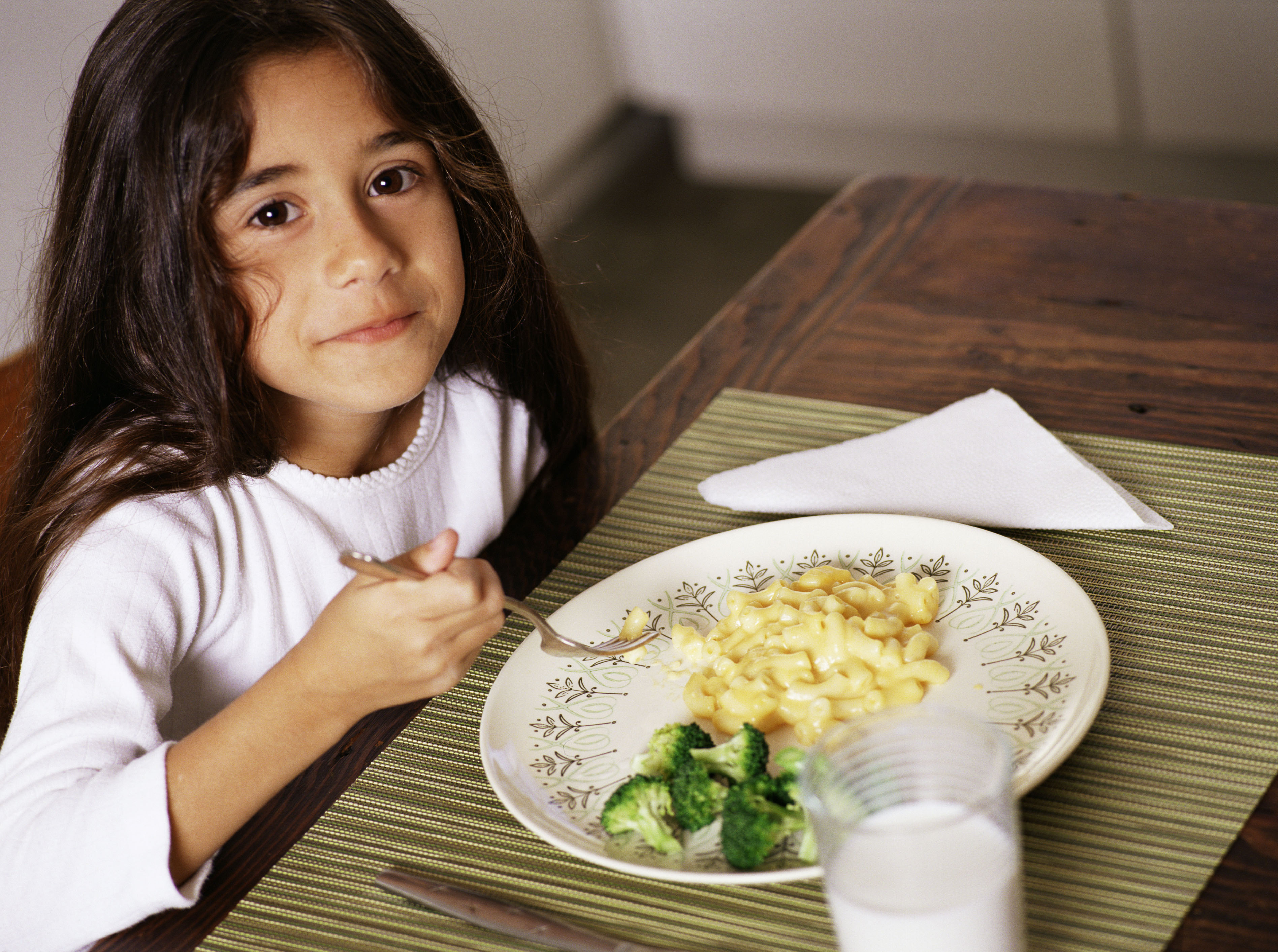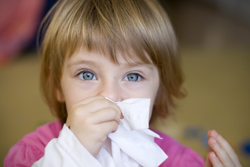Sunburns are due to overexposure of the skin to the ultraviolet rays of the sun or a sunlamp. Vacations can quickly turn into painful experiences when the power of the sun is overlooked. Unfortunately, the symptoms of sunburn do not begin until about 2 to 4 hours after the sun’s damage has been done. The peak reaction of redness, pain, and swelling is not seen for 24 hours. Minor sunburn is a first-degree burn that turns the skin pink or red. Prolonged sun exposure can cause blistering and a second-degree burn. Sunburn never causes a third-degree burn or scarring.
Increased sun exposure can lead to increased sun damage. Repeated sun exposure and suntans cause premature aging of the skin (wrinkling, sagging and brown spots). Repeated sunburns increase the risk of skin cancer in the damaged area. Each blistering sunburn doubles the risk of developing malignant melanoma, which is a serious type of skin cancer.
The degree to which a person sunburns or tans depends on the genetic factors and the natural protection of the skin. Skin types accordingly rank from Skin type 1- the most sensitive who always sunburn easily and tan little or not at all (individuals with fair skin, blond hair, blue or brown eyes, and freckles) to Skin type 6- the least sensitive to sun damage, who almost never burn and tan profusely (Dark-skinned individuals with heavy pigmentation).
HOMECARE OF SUNBURNS
The sensation of pain and heat will last for about 48 hours.
- Ibuprofen products early and continued for 2 days can reduce discomfort.
- Non-prescription 1% Hydrocortisone creams or moisturizing creams applied 3 times daily can also reduce swelling and pain, but only if used early.
- Symptoms can also be helped by cool baths or wet compresses several times daily. Showers are usually too painful.
- Drink extra water to replace fluid lost to the swelling of sunburned skin and to prevent dehydration.
- For broken blisters, trim off the dead skin carefully and apply an antibiotic ointment twice daily for at least 3 days.
PREVENTION OF SUNBURNS
The best way to prevent skin cancer is to prevent sunburns. Although skin cancer occurs in adults, sun exposure and sunburns that occur during childhood cause skin cancer. Every time you apply sunscreen to your child, you are preventing skin cancer down the line!
- Apply sunscreen anytime your child is going to be outside for more than 30 minutes per day.
- Protect high-risk children. About 15% of white people have skin that never tans but only burns. These fair-skinned children need to be extremely careful about the sun throughout their lives. These children are also at increased risk for skin cancer. They need to be instructed repeatedly to use sunscreen throughout the summer, even for a brief period of time, and to avoid the sun whenever possible.
- Protect infants. The skin of the infants is thinner and more sensitive to the sun. Babies under 6 months of age should be kept out of direct sunlight. Keep them in the shade whenever possible. If sun exposure must occur, sunscreen, longer clothing and a hat with a brim are essential. Don’t apply sunscreen to areas where the infant may lick it off.
- Try to keep sun exposure to small amounts early in the season until a tan builds up. Although people with a suntan can tolerate a little more sun, they can still get a serious sunburn. Start with 15 or 20 minutes per day and increase by 5 minutes per day. Decrease daily exposure time if the skin becomes reddened. Because of the 2 to 4 hour delay before sunburn starts, don’t expect symptoms to tell you when it’s time to get out of the sun.
- Avoid the hours of 10:00 AM to 3:00 PM when the suns rays are most intense. Find other activities for your children during these hours. Even if it‘s not hot outside, avoid the mid-day sun. Don’t let overcast days give you a false sense of security. Over 70% of the sun’s rays still get through the clouds. Over 30% of the sun rays can penetrate loosely woven fabrics like a T-shirt.
- UV light also reaches the skin through reflection from snow, sand, water and sidewalks. Sun exposure increases by 4% for every 1000 feet of elevation. Sunburn can occur quickly when hiking above the timberline.
- Also, protect your child’s eyes. Exposure to UV light increases the risk of cataracts later in life. Buy sunglasses with UV protection.
- Set a good example. Did you apply your sunscreen? Are you wearing a baseball cap to protect your face?
SUNSCREEN
Choose a broad-spectrum sunscreen that screens both Ultraviolet A and B (UVA and UVB) rays. The sun protection factor (SPF) or the filtering power of the product determines what percent of the UV rays get through the skin. An SPF of 15 allows 1/15 of the sunrays to get through and thereby extends safe sun exposure from 20 minutes to 5 hours without sunburning. For practical purposes, an SPF higher than 15 is rarely needed unless sun exposure beyond 5 hours is planned. Fair-skinned white people (with red or blond hair) may need a sunscreen with an SPF of 30. The simplest approach is to use an SPF of 15 or greater on all children.
Apply the sunscreen 30 minutes before exposure to the sun to give it time to penetrate the skin. Give special attention to the areas most likely to become sunburned, such as your child’s nose, ears, cheeks, and shoulders. Most products need to be reapplied every 3 to 4 hours, as well as immediately after swimming or profuse sweating. A “waterproof” sunscreen stays on for about 30 minutes in water. If you towel off after swimming, reapply the sunscreen. Most people apply too little. The average adult requires 1 ounce of sunscreen per application.
To prevent sunburned lips, apply a lip coating that also contains para-aminobenzoic acid (PABA). If your child’s nose or some other area has been repeatedly sunburned during the summer, protect them completely from all the sun’s rays with zinc oxide ointment.
Although sunscreen offers protection from the UV rays in the sun, the best way to protect against skin cancer is to cover up and moderate your exposure to the sun.
CALL OR SEE YOUR DOCTOR IMMEDIATELY IF:
- Your child has an unexplained fever over 102 F (38.9 C).
- The sunburn looks infected with yellow pus or spreading redness or red streaks.
- Your child starts acting very sick.





Comments